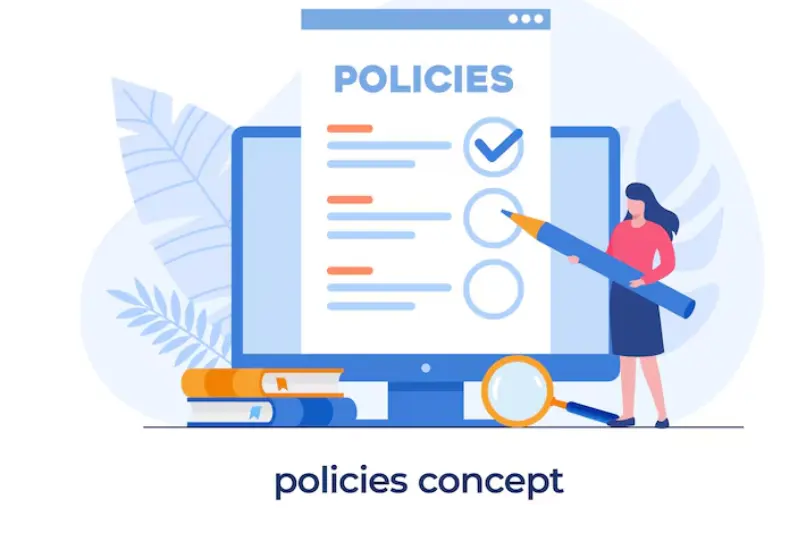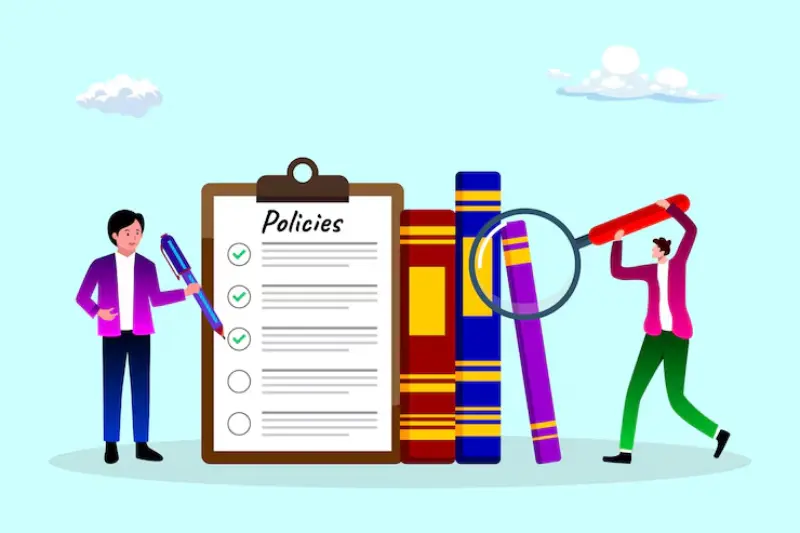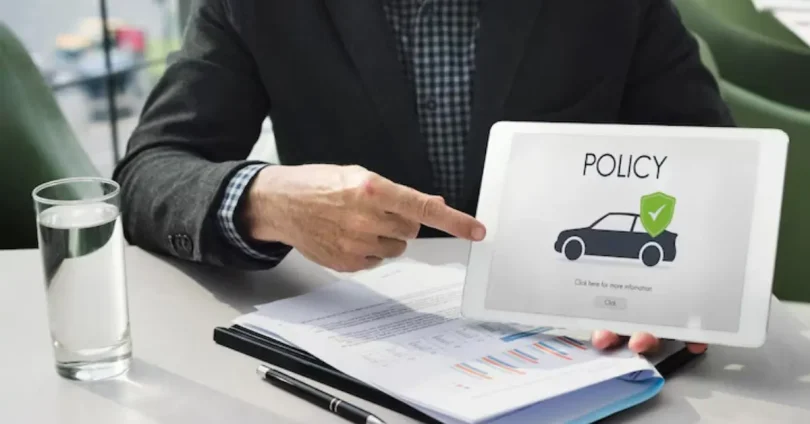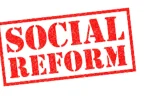Introduction:
Policy change is a powerful tool used by governments, organizations, and institutions to improve systems and solve problems in society. Whether it’s about education, health, environment, or social issues, making the right policy change can bring positive and long-lasting results. It involves updating, replacing, or creating new rules or guidelines to meet current needs and challenges. In this blog post, we’ll explore what policy change means, why it matters, how it works, and how it can shape a better future for everyone.
What is Policy Change?

Policy change means making adjustments to the rules, laws, or guidelines that govern how things work in a country, organization, or community. These changes can be small updates or big shifts in direction to solve problems, improve systems, or respond to new challenges.
For example, a government may make a policy change to improve education, reduce pollution, or support small businesses. Similarly, a company might change its internal policies to improve employee benefits or workplace safety.
Policy change can happen through:
- New laws or amendments
- Executive decisions or government orders
- Updates to company or organizational rules
In short, policy change is about improving how decisions are made and how systems run, so that they better meet the needs of people and society.
Why is Policy Change Important?

Policy change plays a critical role in shaping a better and more just society. It helps us adapt to new challenges, correct past mistakes, and promote progress across all areas of life.
Solves Current Problems
- Helps address urgent issues like poverty, climate change, or education gaps.
- Allows governments and organizations to respond to public needs effectively.
Promotes Social Justice
- Ensures fair treatment for all individuals, regardless of background.
- Supports equality by protecting the rights of minorities and vulnerable groups.
Encourages Economic Growth
- Policy changes in areas like taxation or trade can boost businesses and job creation.
- Supports innovation and attracts investment by improving regulations
Improves Public Services
- Leads to better healthcare, education, transport, and other essential services.
- Ensures that public funds are used more efficiently and effectively.
Protects the Environment
- Enables action on issues like pollution, deforestation, and climate change.
- Promotes the use of renewable energy and conservation practices.
Keeps Policies Updated
- Laws and rules must evolve with time to reflect current values and technologies.
- Prevents outdated systems from holding back progress.
Step-by-Step Guide on Policy Change
Making a successful policy change involves planning, research, teamwork, and persistence. Here’s how it usually happens:
Step 1: Identify the Problem
- Understand the issue that needs a policy solution.
- Collect real-life examples and evidence showing why current policies are not working.
Step 2: Research and Gather Data
- Study existing laws or policies related to the issue.
- Analyze what has worked (or failed) in other places or situations.
- Talk to experts, affected communities, and stakeholders.
Step 3: Set Clear Goals
- Define what you want the policy change to achieve.
- Make sure your goals are realistic, specific, and measurable.
Step 4: Draft the Policy Proposal
- Write a detailed plan for the new or updated policy.
- Include benefits, possible challenges, and how it will be implemented.
Step 5: Build Public and Political Support
- Raise awareness through social media, meetings, or campaigns.
- Connect with community leaders, organizations, and influencers.
- Talk to policymakers or lawmakers who can help.
Step 6: Advocate for the Change
- Present your policy proposal to decision-makers (e.g., government officials, board members).
- Use facts, stories, and clear arguments to support your case.
- Be ready to negotiate and make adjustments if needed.
Step 7: Monitor the Implementation
- Once the policy is accepted, keep track of how it’s put into action.
- Ensure it follows the intended plan and delivers the desired outcomes.
Step 8: Evaluate and Improve
- Review the impact of the policy change over time.
- Make improvements based on feedback and results.
Advantages and Disadvantages of Policy Change
| ADVANTAGES | DISADVANTAGES |
| Helps solve modern social, economic, or environmental issues | Can take a long time to implement |
| Promotes fairness and equality in society | May face resistance from people or institutions |
| Encourages innovation and progress | Can be costly to enforce and manage |
| Updates outdated laws and systems | May lead to unintended side effects |
| Improves public services and governance | Requires strong political and public support |
| Boosts public trust when successful | Poor planning can lead to failure or confusion |
Common FAQs on Policy Change
What is policy change?
Policy change means updating or creating new rules, laws, or guidelines to solve problems or improve systems in society, organizations, or government.
Who can make a policy change?
Policy changes can be made by government officials, lawmakers, organizational leaders, or even through public campaigns and community efforts.
Why is policy change important?
It helps fix current problems, ensures fairness, improves services, and keeps systems up to date with modern needs.
Is policy change always successful?
Not always. Some policy changes work well, while others may face challenges or fail if not planned properly.
How long does a policy change take?
It depends. Some changes happen quickly, while others take months or even years due to planning, approval, and public support.
Can individuals help in policy change?
Yes! Citizens can raise their voice, start petitions, join campaigns, or contact decision-makers to support a policy change.
What are examples of policy change?
Examples include changes in education laws, environmental rules, healthcare access, or workplace policies.
What happens after a policy change is made?
The new policy is put into action, monitored, and reviewed to see if it’s working as planned. Adjustments may be made later if needed.
Conclusion:
Policy change is a powerful way to improve lives, solve problems, and create a better future. Whether it’s in government, schools, workplaces, or communities, the right policy change can bring positive results. By understanding the process and getting involved, anyone can help make a real difference.
Bonus Points on Policy Change
- Community Involvement Matters: Policy changes are stronger and more effective when people from the community are involved and heard.
- Data is Power: Using facts, numbers, and real-life stories makes your case for policy change more convincing.
- Small Changes Lead to Big Impact: Even small policy adjustments can bring meaningful improvements over time.
- Stay Updated: Policies need regular review and updates to stay relevant and effective in a changing world.
- Collaboration Works: Successful policy change often involves teamwork between citizens, experts, and leaders.
- Be Patient and Persistent: Policy change can take time, but staying committed can lead to lasting improvements.
- Use Technology: Online campaigns, social media, and digital tools can speed up awareness and support for policy change.
- Celebrate Progress: Recognizing milestones keeps motivation high and shows that change is possible.







